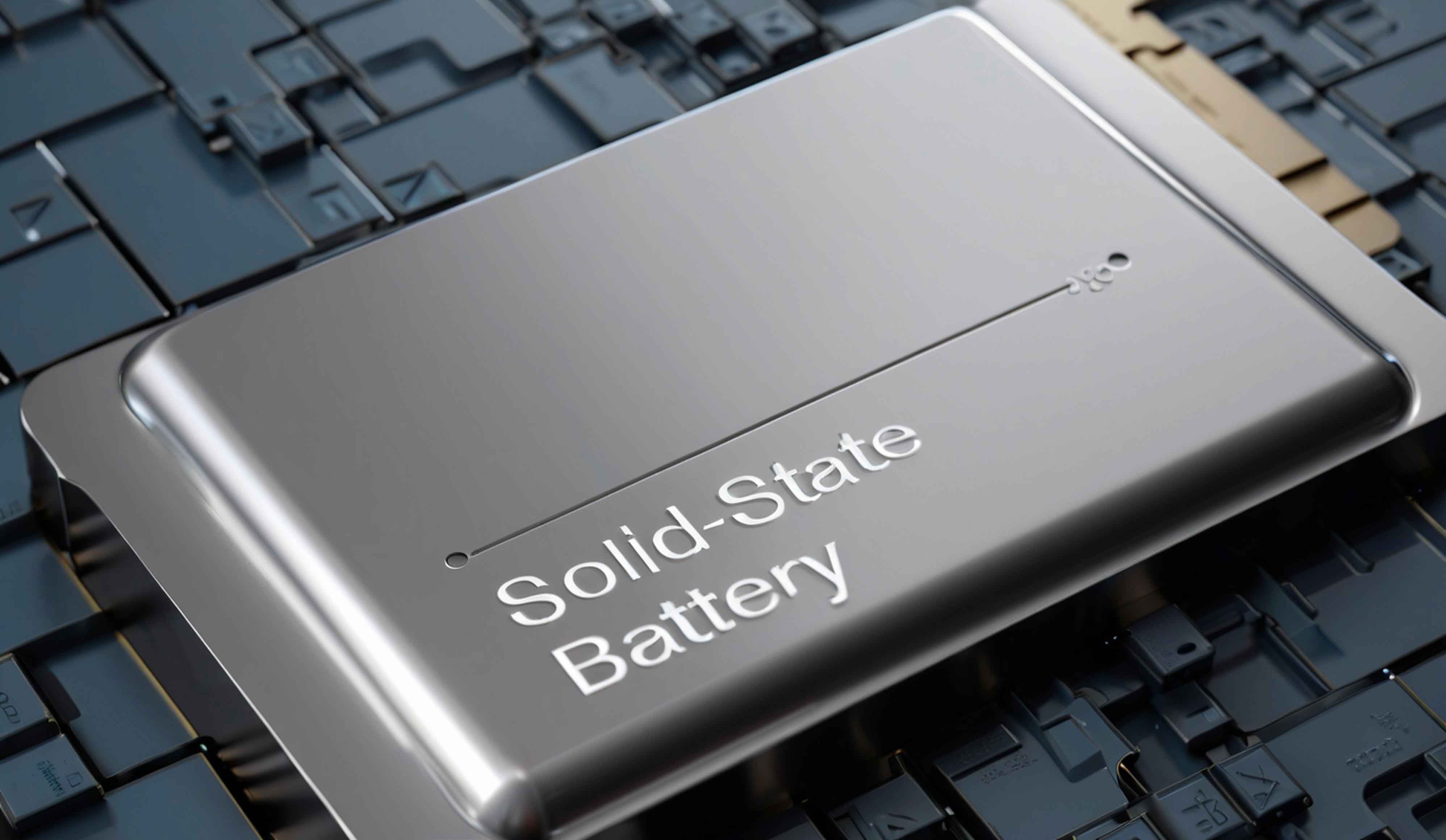The global energy landscape is undergoing a transformative shift, driven by the rapid advancements in solid-state battery technology. As a researcher deeply immersed in this field, I have witnessed firsthand the breakthroughs that are propelling solid-state batteries from laboratory prototypes to commercial viability. This article synthesizes critical developments, forecasts, and technical insights, supported by quantitative models and data, to elucidate why the industrialization of solid-state batteries is now entering its golden era.

The Technical Superiority of Solid-State Batteries
Solid-state batteries (SSBs) represent a paradigm shift from conventional lithium-ion batteries (LIBs) by replacing liquid electrolytes with solid counterparts. This structural innovation unlocks unparalleled advantages:
- Energy Density:
SSBs achieve energy densities exceeding 500 Wh/kg, far surpassing the 250–300 Wh/kg of LIBs. The relationship between energy density (EE) and material properties can be modeled as:E=σ⋅VρE=ρσ⋅Vwhere σσ is ionic conductivity, VV is voltage, and ρρ is density. - Safety:
The elimination of flammable liquid electrolytes reduces thermal runaway risks by 70–80%, a critical factor for electric vehicles (EVs) and grid storage. - Cycle Life:
SSBs demonstrate >1,000 cycles with <10% capacity degradation, compared to 500–800 cycles for LIBs.
Industrialization Milestones and Projections
The transition from R&D to mass production is accelerating. Key milestones and forecasts are summarized below:
| Parameter | 2025 | 2027 | 2030 | 2035 |
|---|---|---|---|---|
| Global Capacity (GWh) | 400 | 820 | 1,500 | 3,000 |
| Cost ($/kWh) | 150 | 120 | 80 | 50 |
| Energy Density (Wh/kg) | 400 | 500 | 600 | 800 |
Data synthesized from industry reports and patent filings.
The cost reduction trajectory follows a Wright’s Law model:Ct=C0⋅Nt−bCt=C0⋅Nt−b
where CtCt is the cost at time tt, C0C0 is the initial cost, NtNt is cumulative production, and bb is the learning rate (~0.25 for SSBs).
Challenges in Scaling Production
Despite progress, bottlenecks persist:
- Material Interfaces:
Poor interfacial stability between solid electrolytes and electrodes remains a critical hurdle. The ionic conductivity (σσ) of solid electrolytes must exceed 1 mS/cm for commercial viability. Current benchmarks:- Sulfide-based: 2–5 mS/cm
- Oxide-based: 0.1–1 mS/cm
- Manufacturing Complexity:
Thin-film deposition and hermetic sealing increase production costs by 20–30% compared to LIBs. - Supply Chain Readiness:
Lithium-metal anode production must scale 10x by 2027 to meet demand.
The Role of AI in Accelerating Development
Machine learning (ML) is revolutionizing SSB R&D. For instance, generative AI models predict optimal electrolyte compositions with >90% accuracy, reducing trial-and-error cycles. A neural network trained on 50,000 material datasets achieves:MAE=1n∑i=1n∣yi−y^i∣<0.1MAE=n1i=1∑n∣yi−y^i∣<0.1
where MAE (Mean Absolute Error) measures prediction accuracy.
Market Penetration and Applications
SSBs are poised to dominate high-value sectors:
- EVs: By 2030, 70% of premium EVs will adopt SSBs, enabling 800-km ranges.
- Aerospace: SSBs reduce aircraft battery weight by 40%, critical for electrified aviation.
- Consumer Electronics: Ultra-thin SSBs (<1 mm) will power foldable devices by 2026.
Future Outlook
The solid-state battery industry is projected to grow at a CAGR of 35% from 2025 to 2035, driven by:
- Government incentives (e.g., $20B+ pledged by the EU and US).
- Strategic partnerships (e.g., automaker-electrolyte supplier collaborations).
- Breakthroughs in sulfide electrolyte scalability.
Conclusion
As a frontrunner in this revolution, I am convinced that solid-state batteries will redefine energy storage paradigms. With relentless innovation and cross-sector collaboration, the 2030s will witness SSBs becoming the backbone of a sustainable, electrified future.
